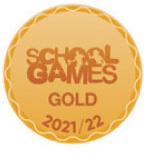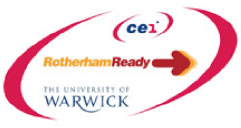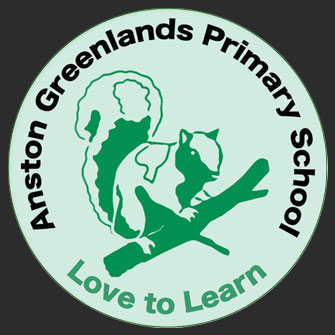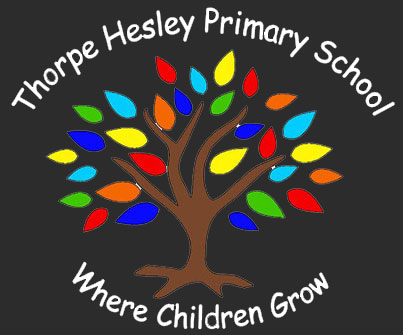We have been combining two parts to make a whole in our maths lessons.
We have used the concrete method—for example, using compare bears or other manipulatives, such as cubes, coins, and cars.
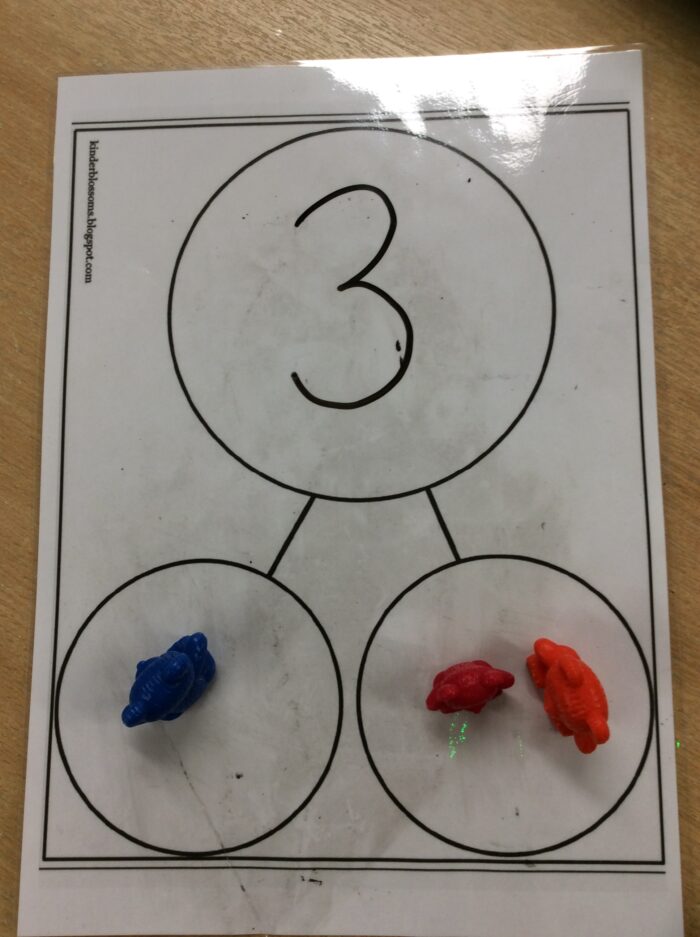
We have also used the pictorial method—using simple pictures or symbols to represent numbers.
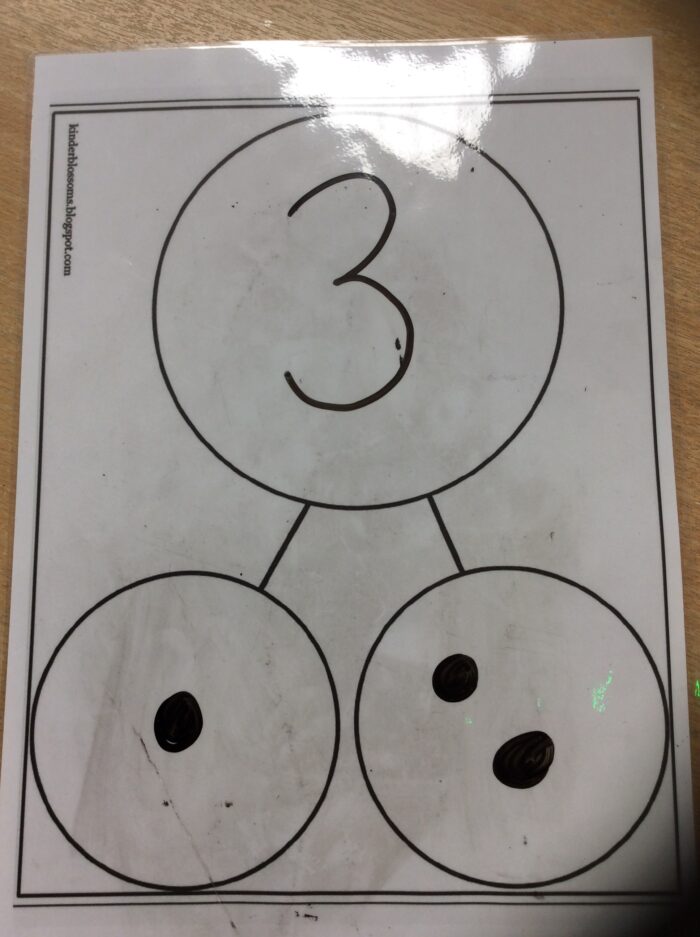
We have also started to use the abstract method.
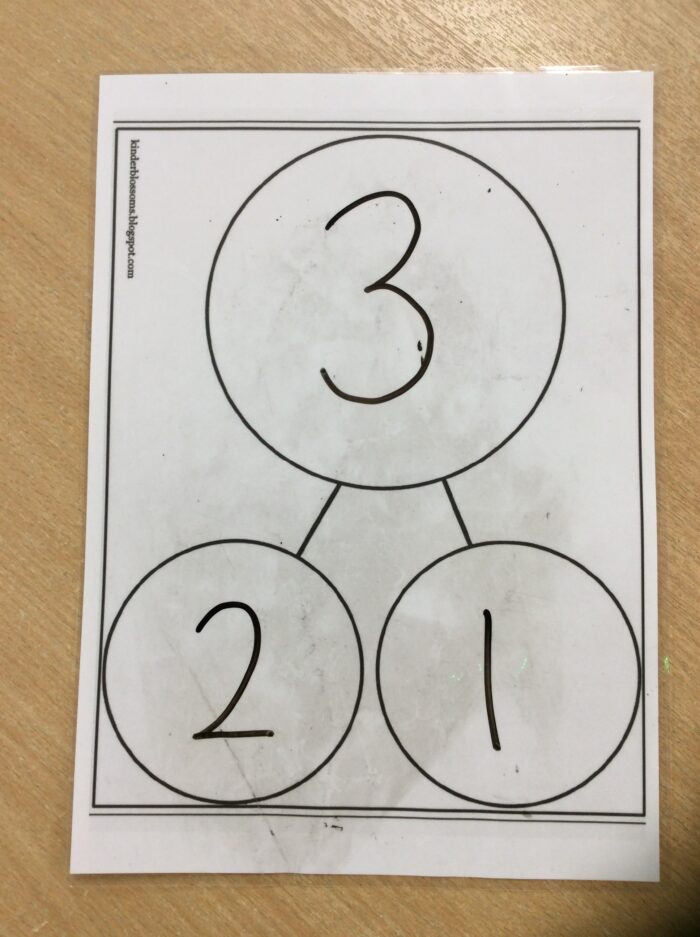
For a challenge, you could put a part in and leave one part empty. Then ask your child to work out what we need to add to the empty part to make the whole number/amount. Once you have worked on making the number 3, you could try to make 4 & 5.






